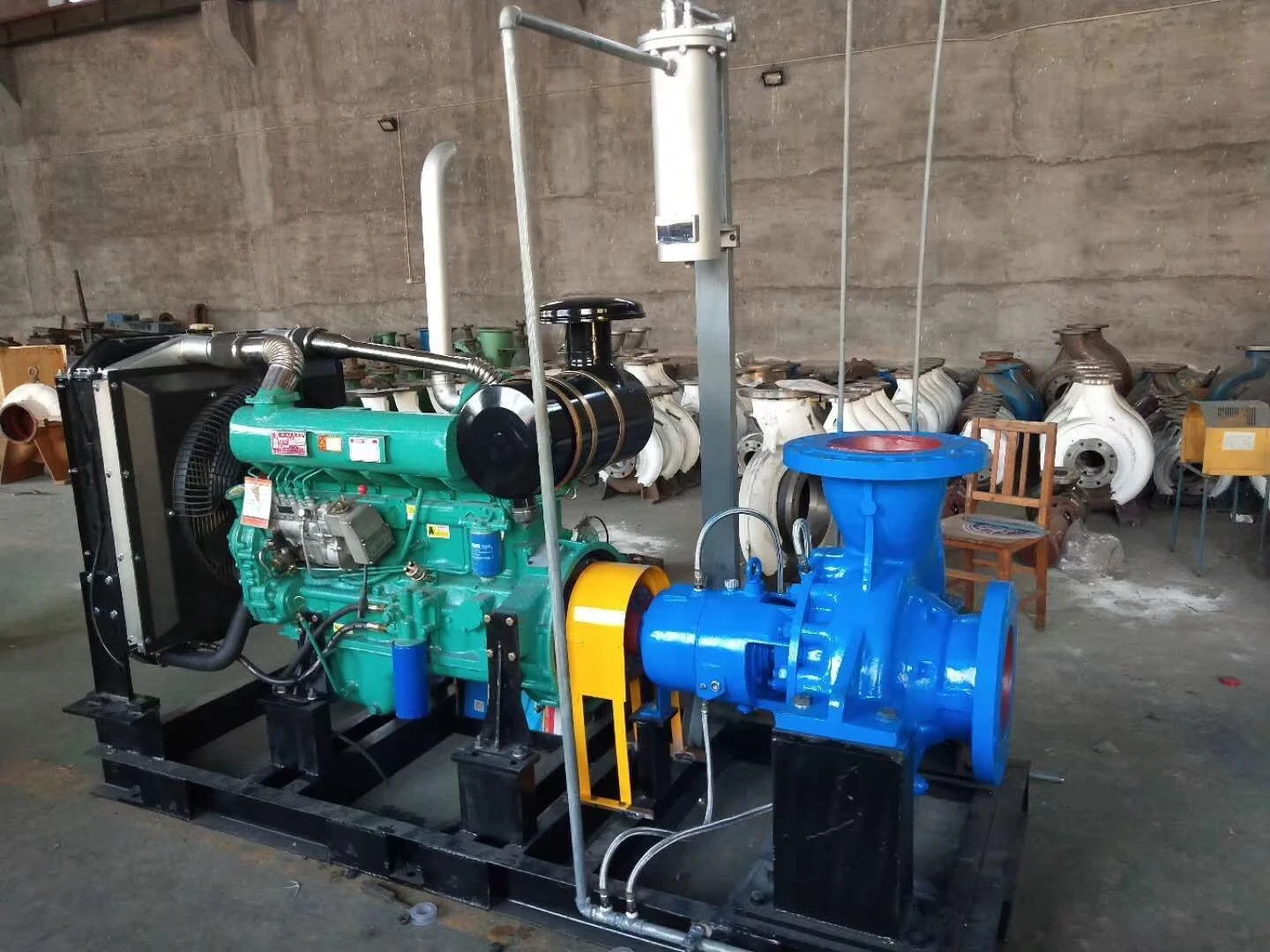English
- Afrikaans
- Albanian
- Amharic
- Arabic
- Armenian
- Azerbaijani
- Basque
- Belarusian
- Bengali
- Bosnian
- Bulgarian
- Catalan
- Cebuano
- Corsican
- Croatian
- Czech
- Danish
- Dutch
- English
- Esperanto
- Estonian
- Finnish
- French
- Frisian
- Galician
- Georgian
- German
- Greek
- Gujarati
- Haitian Creole
- hausa
- hawaiian
- Hebrew
- Hindi
- Miao
- Hungarian
- Icelandic
- igbo
- Indonesian
- irish
- Italian
- Japanese
- Javanese
- Kannada
- kazakh
- Khmer
- Rwandese
- Korean
- Kurdish
- Kyrgyz
- Lao
- Latin
- Latvian
- Lithuanian
- Luxembourgish
- Macedonian
- Malgashi
- Malay
- Malayalam
- Maltese
- Maori
- Marathi
- Mongolian
- Myanmar
- Nepali
- Norwegian
- Norwegian
- Occitan
- Pashto
- Persian
- Polish
- Portuguese
- Punjabi
- Romanian
- Russian
- Samoan
- Scottish Gaelic
- Serbian
- Sesotho
- Shona
- Sindhi
- Sinhala
- Slovak
- Slovenian
- Somali
- Spanish
- Sundanese
- Swahili
- Swedish
- Tagalog
- Tajik
- Tamil
- Tatar
- Telugu
- Thai
- Turkish
- Turkmen
- Ukrainian
- Urdu
- Uighur
- Uzbek
- Vietnamese
- Welsh
- Bantu
- Yiddish
- Yoruba
- Zulu
Telephone: +86 13120555503
Email: frank@cypump.com
Oct . 18, 2024 08:24 Back to list
Horizontal Froth Slurry Pump Manufacturer for Efficient Mining and Industrial Applications
Introduction to Horizontal Froth Slurry Pumps
In various industrial applications, the efficient transport of slurries—mixtures of solids and liquids—plays a crucial role. Among the myriad of equipment designed for this purpose, horizontal froth slurry pumps have gained immense popularity due to their superior performance and reliability. This article delves into the intricacies of horizontal froth slurry pumps, exploring their design, applications, advantages, and factory production processes.
Understanding Horizontal Froth Slurry Pumps
Horizontal froth slurry pumps are specifically engineered to handle frothy slurries, which can pose challenges such as air entrapment and low density. Their horizontal configuration allows for easy installation and maintenance, making them a preferred choice in various industries, including mining, mineral processing, and wastewater management.
These pumps utilize a robust design that includes a wide inlet, a specially contoured impeller, and an open or semi-open impeller design to efficiently manage the froth. The impeller's unique shape enables it to effectively handle abrasive and viscous materials, ensuring optimal performance under challenging conditions.
Applications of Horizontal Froth Slurry Pumps
Horizontal froth slurry pumps are versatile and find applications in several sectors
1. Mining and Mineral Processing In the mining industry, these pumps are vital for transporting ore slurries, tailings, and other froth materials from separation processes. Their ability to manage varying concentrations of solids makes them ideal for operations dealing with fluctuating slurry conditions.
2. Wastewater Treatment In wastewater treatment plants, horizontal froth slurry pumps are used to handle sludge, scum, and other mixed-phase materials. Their efficiency helps in maintaining the effectiveness of the treatment process.
3. Chemical and Pharmaceutical Industries In the chemical and pharmaceutical sectors, where precision and reliability are paramount, these pumps help transport slurry-like materials, ensuring that the production processes remain uninterrupted.
Advantages of Horizontal Froth Slurry Pumps
The benefits of using horizontal froth slurry pumps are numerous
horizontal froth slurry pump factory

1. High Efficiency With the right pump design, these pumps can maintain high efficiency even when handling difficult frothy slurries. This efficiency translates to lower energy consumption and reduced operational costs.
2. Durability and Reliability Constructed from high-strength materials, horizontal froth slurry pumps are designed to withstand harsh conditions, including abrasive solids and corrosive environments. Their reliability ensures uninterrupted operations, reducing the likelihood of costly downtime.
3. Ease of Maintenance Horizontal pumps are generally easier to maintain compared to vertical counterparts. The horizontal design allows for easy access to key components without the need to lift or reposition the entire pump system.
4. Customizability Many manufacturers offer customizable solutions tailored to specific operational needs. This adaptability ensures that industries can find the right pump for their unique requirements.
Manufacturing Processes at Horizontal Froth Slurry Pump Factories
The production of horizontal froth slurry pumps involves several key processes
1. Design and Engineering Manufacturing begins with detailed design engineering. Using advanced computer-aided design (CAD) software, engineers create precise models that incorporate the latest technological advancements.
2. Material Selection The selection of materials is crucial for the durability and performance of the pump. Factories typically use high-grade alloys and composite materials to withstand abrasion and corrosion.
3. Machining and Assembly After the parts are fabricated, they undergo machining to achieve the exact specifications. The assembly process involves careful integration of components, followed by rigorous quality control tests to ensure functionality.
4. Testing Every pump is subjected to a series of tests, including performance assessments under various pressure and flow conditions. This stage is vital for ensuring that the pumps meet industry standards and customer expectations.
Conclusion
Horizontal froth slurry pumps are indispensable in modern industrial operations that require the efficient transport of challenging frothy slurries. Their design, associated advantages, and manufacturing processes reflect the importance of innovation and reliability in this field. With ongoing advancements in technology, these pumps will continue to evolve, addressing future industry challenges and enhancing operational efficiencies across various sectors. Whether in mining, wastewater treatment, or chemical processing, horizontal froth slurry pumps remain a critical component in achieving productivity and sustainability goals.
-
ISG Series Vertical Pipeline Pump - Chi Yuan Pumps Co., LTD.
NewsJul.30,2025
-
ISG Series Vertical Pipeline Pump - Chi Yuan Pumps Co., LTD.|energy-efficient fluid handling&industrial durability
NewsJul.30,2025
-
ISG Series Vertical Pipeline Pump - Chi Yuan Pumps | Advanced Engineering&Industrial Efficiency
NewsJul.30,2025
-
ISG Series Pipeline Pump - Chi Yuan Pumps | High Efficiency, Energy Saving
NewsJul.30,2025
-
ISG Series Vertical Pipeline Pump-Chi Yuan Pumps|High Efficiency&Reliable Performance
NewsJul.29,2025
-
ISG Series Vertical Pipeline Pump|High Efficiency&Low Noise
NewsJul.29,2025










